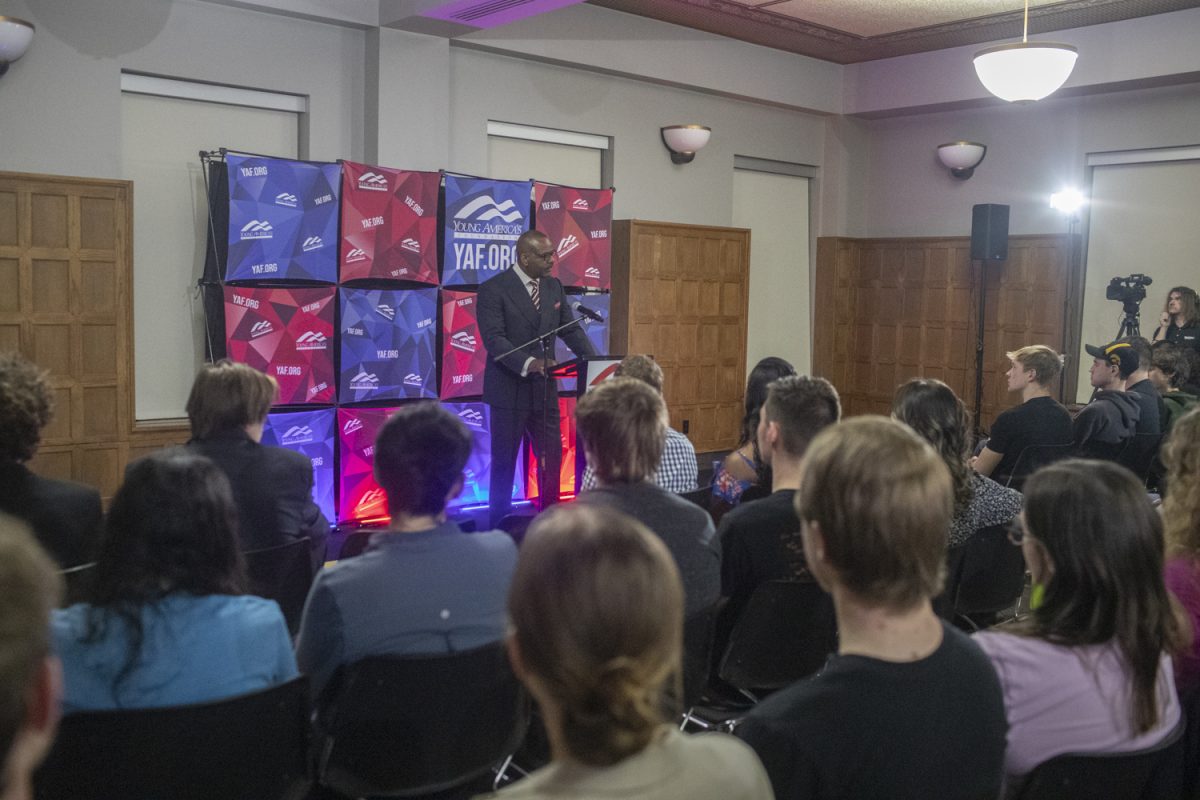I looked through the pivot window of the patient’s room in the ER. She was sitting at the corner of her bed, her forehead resting on her right hand, eyes fixated on the floor. I was told that she was suicidal. I went through the patient’s chart and found her urinary drug screen was positive for benzodiazepine. The moment I entered her room, she stood up and shook my hand. Before I could ask her anything, she said, “I am not suicidal, I just need Xanax.”
I see a dozen such patients every month. They seem to know what they want and assert their right to have it without even being screened by a physician. Some patients come not with a list of symptoms but with a shopping list for pills. Some of my patients lash out at me because of not getting benzodiazepines, while a few get admitted to the inpatient psychiatry unit for a detox. Some get sober, while others find their way back to the unit.
Benzodiazepines are wrongly considered as the sole panacea to treating anxiety disorder, in part because they provide instant relief. It is like switching off the anxiety button in your body. And how much does our generation love the click of buttons. The alternative, which should essentially be antidepressant and cognitive behavioral therapy, has evinced strong empirical evidence in the treatment of anxiety disorders. But, they cannot match the pace of benzodiazepines. Small wonder, physicians and patients prefer the fast-acting magic pill. From a fast-food nation, we are quickly going on to becoming the fast-medication nation. But at what cost?
The CDC reports that benzodiazepines caused 30 percent overdoses in 2013, second only to opiates, which led to 70 percent overdose deaths. A study published in American Journal for Public Health found that such prescriptions soared by 30 percent from 1996 to 2013. Another study cited that in 75 percent of cases, the overdose deaths are due to both benzodiazepines and opiates. Interestingly, the prescription of acetaminophen/hydrocodone, a most commonly prescribed opiate pain medication, has plummeted between 2010 and 2014; however, the prescription of alprazolam, which is a commonly prescribed benzodiazepine prescription for anxiety disorder, has witnessed a rampant surge.
The patients’ reluctance to go to a psychiatrist and overburdened primary-care practice gives birth to overly zealous prescriptions of benzodiazepines. A study found that 55 percent of such prescriptions in a year were filled by primary-care physicians, while 16 percent by psychiatrists. It is imperative to educate and encourage physicians to limit the use benzodiazepines as much as possible and use the lowest effective dose for the shortest period of time. The prescribing physicians ought to enroll and use the state Prescription Drug Monitoring Program when considering the use of any controlled substances on their patients. If required, a consultation to a psychiatrist can also be made.
Just like opioids, benzodiazepines pose a serious problem to the health of our patients. It is time that we take cognizance of this issue before it snowballs into an epidemic. As they say, an ounce of prevention is better than a pound of cure.
Pravesh Sharma, chief resident in the Department of Psychiatry at Texas Tech University Health Sciences Center










